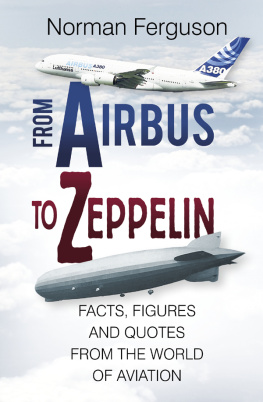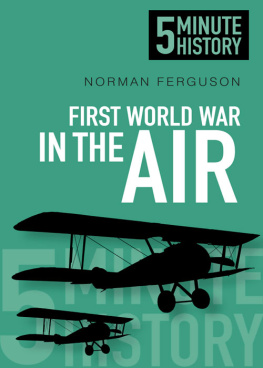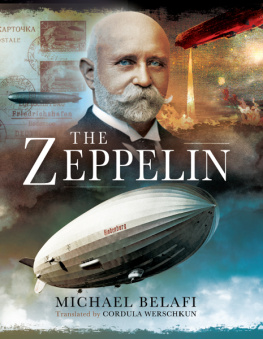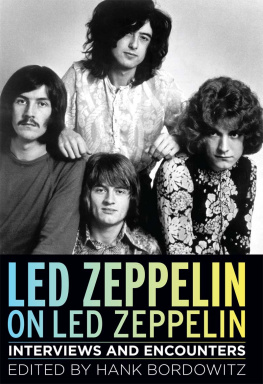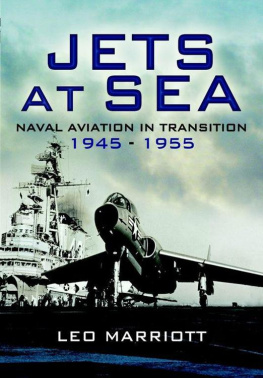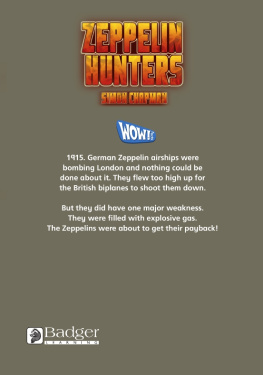

Front cover: Airbus A380 go around/aborted landing at Internationalen Luftfahrtausstellung Berlin 2006 (Tino Scorpi Keitel, Bearbeiter: Johann H. Addicks via Wikimedia Commons)
People watching the landing of Zeppelin LZ 127. (Grombo via Wikimedia Creative Commons)
Back cover: Atlantis on Shuttle Carrier Aircraft.
(NASA/Carla Thomas)
First published in 2016
The History Press
The Mill, Brimscombe Port
Stroud, Gloucestershire, GL5 2QG
www.thehistorypress.co.uk
This ebook edition first published in 2016
All rights reserved
Norman Ferguson, 2014
The right of Norman Ferguson to be identified as the Author of this work has been asserted in accordance with the Copyright, Designs and Patents Act 1988.
This ebook is copyright material and must not be copied, reproduced, transferred, distributed, leased, licensed or publicly performed or used in any way except as specifically permitted in writing by the publishers, as allowed under the terms and conditions under which it was purchased or as strictly permitted by applicable copyright law. Any unauthorised distribution or use of this text may be a direct infringement of the authors and publishers rights, and those responsible may be liable in law accordingly.
ISBN: 978 0 7509 6957 4
Original typesetting by The History Press
eBook converted by Geethik Technologies
INTRODUCTION
When the Wright Brothers took to the air in December 1903, and Count von Zeppelin created the worlds first airline six years later, they could have had little idea of how quickly the aviation industry would grow to become the global transportation supplier that is a part of so many of our everyday lives.
The first powered aircraft could only go in straight lines, they suffered control and stability problems and could only fly in favourable weather conditions, but soon all these issues were overcome as experimentation produced better machines. They went faster, higher and further, being pushed on by competitive individuals and the commercial gains to be made. Eventually, they could fly high enough to earn their pilots astronaut wings. Aircraft grew in size from the wood and canvas structures of the first years of flight to the current giant Antonov An-225 transport, with a cargo bay 20ft longer than the Wright Brothers first flight.
Aircraft were used for a multitude of tasks: hauling cargo, carrying passengers, mapping the Earth below, rescuing downed flyers, researching the atmosphere, entertaining astounded audiences and of course in warfare, with machines able to carry weapons of unimaginable destruction.
With so many aspects to aviation and its history, an AZ is an ideal way of presenting them (or at least some of them). To give an idea of the breadth of this subject, the first chapter includes the worst airship disasters: ace-in-a-day fighter pilot Jorma Sarvanto, an early accident at Juvisy in 1909, an account of an aerobatic display by Douglas Bader, details of the worlds first double-decker jet airliner the Airbus A380, and the flying career of the remarkable Amy Johnson.
Norman Ferguson
Summer 2016
ACKNOWLEDGEMENTS
Special thanks go to:
Chrissy McMorris and Amy Rigg at The History Press for making the creation of From Airbus to Zeppelin such a pleasant and professional experience. Edinburgh City Council libraries for that great idea of free books to take home. Robert Prest for allowing the inclusion of an excerpt from his masterful book on the F-4 Phantom. And especially to my family for their continued help and support (and the free books).
A IS FOR
ACCIDENT AT JUVISY
At 5 oclock the aviator M. Blanck in a Bleriot monoplane started from the aerodrome, but after he had risen to the height of the grand stand something appeared to have happened to his steering apparatus and the aeroplane dashed into the middle of the public, causing great consternation. The screw was broken into fragments, which flew in all directions. Three persons, including two ladies, were hurt.
The Times, 19 October 1909
This unfortunate event took place during the aviation meet called the Grande Quinzaine dAviation (Great Fortnight of Aviation) held at Juvisy outside Paris. One of the injured sued the organisers for compensation but judges decreed that as aviation was a dangerous business and there were no regulations for such events it was at the attendees risk. During the event the aviator Comte de Lambert flew his Wright biplane over the Eiffel Tower, a feat that caused much excitement.
ACE-IN-A-DAY
The 1939 to 1940 SovietFinnish Winter War is often forgotten, but one mans aerial combat achievements deserve to be remembered. Jorma Sarvanto was a Finnish fighter pilot who on 6 January 1940 achieved a remarkable record by shooting down six enemy aircraft. He would have downed more but ran out of ammunition. His targets were part of a formation of eight Soviet Ilyushin DB.3 bombers that had attacked the city of Kuopio. They had already lost one of their aircraft to another Finn, Per-Erik Sovelius, when they were attacked by the lone Fokker D.XXI fighter flown by Sarvanto.
ADOLPHE PGOUD
In September 1913 the French aviator Adolphe Pgoud gained much acclaim by flying manoeuvres not seen publicly before. At the end of that month he came to the United Kingdom where he performed over three days at Brooklands.
In a Bleriot monoplane, Pgoud demonstrated several aerobatic manoeuvres which while now are commonplace, were sensational to the onlooking public and press at the time.
Flight Magazine called his flying phenomenal and Pgouds mastery in performing a loop was described in The Times newspaper under the headline The New Flying the following day:
At 4.45 Pgoud was off again, this time to loop the loop. He now climbed to about 4,500 feet and at 5.05, amid a great silence, dived until he was again inverted, and in this attitude performed a spiral volplane, concluding with an S as before. On this occasion he must have been hanging head downwards for nearly three-quarters of a minute. Resuming his flight, he climbed again for a few moments, then the machine dived, carried on, stood up on its tail, carried on upside down, and dived again, completing the full circle. A quick descent brought Pgouds performance to a close. Another scene of enthusiasm followed, while his compatriots kissed him.
The Times, 26 September 1913
Pgoud became the first ace in the First World War but was shot down and killed in 1915.
AEROBATIC TEAMS
The RAF had given formation aerobatic displays before the Second World War and continued these aerial exhibitions of piloting skills in peacetime. In the 1950s named aerobatic teams appeared for the first time. They were flown by flying training units or occasionally by operational squadrons until the 1970s. Cost-cutting saw the gradual decline of such flying and now the RAF has only one jet aerobatic team.
RAF Aerobatic Teams and their aircraft 1950s1970s
Gemini Pair (BAC Jet Provost)
Linton GIN (BAC Jet Provost)
The Black Arrows (Hawker Hunter)
The Black Knights (Hawker Hunter)
The Blades (BAC Jet Provost)
The Blue Chips (de Havilland Chipmunk)
The Blue Diamonds (Hawker Hunter)
The Bulldogs (Scottish Aviation Bulldog)
The Cranwell Poachers (BAC Jet Provost)
Next page
